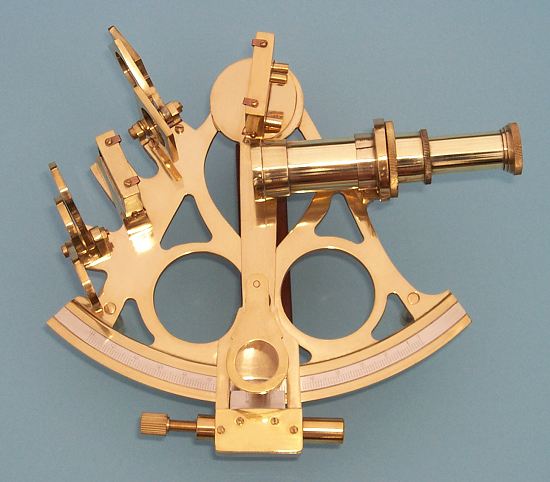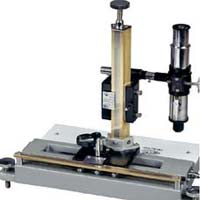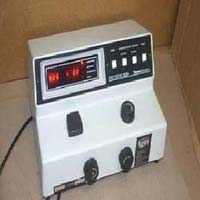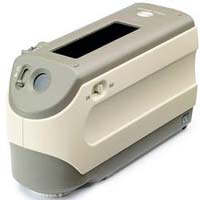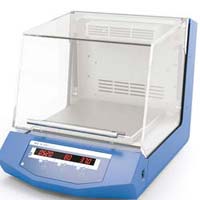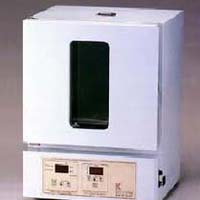-
hslinkers@gmail.com -
+91-9437017532, +91-9556597983
| Business Type | Supplier, Retailer |
| Size | 4inch, 5inch, 6inch |
| Material | Brass |
| Style | Antique |
| Click to view more | |
Preferred Buyer From
| Location | India ( Odisha only) & All other countries |
Product Details
A Brass Sextant is a doubly reflecting navigation instrument used to measure the angle between any two visible objects. The principle of the instrument was first implemented around 1730 by John Hadley and Thomas Godfrey but it was also found later in the unpublished writings of Isaac Newton . The history of these and related instruments, and their forerunners, may be found in the article on reflecting instruments. The primary use of a sextant is to determine the angle between an astronomical object and the horizon for the purposes of celestial navigation. The determination of this angle, the altitude, is known as sighting (or shooting) the object, or taking a sight. The angle, and the time when it was measured, can be used to calculate a position line on a nautical or aeronautical chart. Common uses of the sextant include sighting the sun at solar noon or Polaris at night (in the Northern Hemisphere) to determine latitude. Sighting the height of a landmark can give a measure of distance off and, held horizontally, a sextant can measure angles between objects for a position on a chart. A sextant can also be used to measure the lunar distance between the moon and another celestial object (such as a star or planet) in order to determine Greenwich Mean Time and hence longitude.
